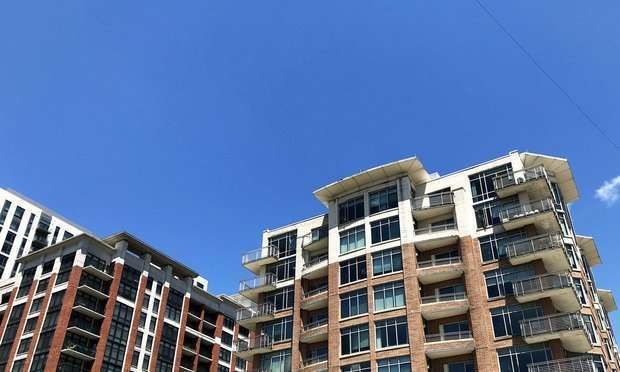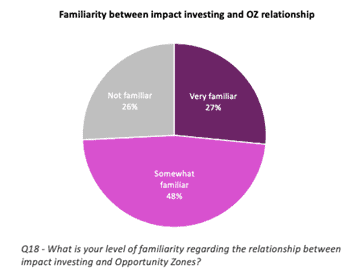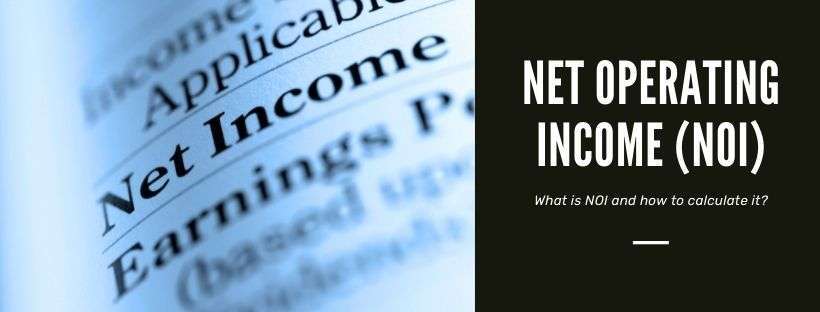
With demographics driving property demand, the bigger picture points to generally strong drivers across the real estate spectrum.
The US economy is “still strong” and will support commercial real estate space demand, though inflation will remain a multi-year headwind, forcing the Fed to tighten monetary policy. And though rising interest rates may restrain CRE transaction activity, it won’t be on a broad basis, with effects most visible in the property types and markets with the most aggressive pricing run-up over the last few years.
That’s according to Marcus & Millichap’s John Chang, who says CRE will continue to see strong investor demand in the near term. He also says investors shouldn’t expect a real estate bubble, not in housing or in commercial real estate more generally.
“There are too many long-term demand drivers at play for any of the sectors to face a significant correction,” Chang says.
He notes that the self-storage sector will get a boost as millennials age: the demographic “over-indexes” as users of storage with just 28% of the population renting 9% of the storage units. That bodes well for storage demand but there are some development risks for the property type on the horizon, he says.
“As we exit lockdowns, and as demographics drive property demand, the bigger picture points to generally strong drivers across the real estate spectrum,” Chang says. “Some segments like urban office and seniors housing still face some challenges but it looks like most other segments are in a growth stage of the cycle.”
Housing demand set an all-time high in 2022 with total unit absorption hitting 660,000 units, nearly doubling the prior high set in 2000. Demand also carried into 2022 to deliver the strongest first quarter on record.
“The record demand reflects an unbundling of households as vaccines became readily available and states ended lockdowns,” Chang says. “A lot of marriages and other household formation events have been delayed by the pandemic and we saw the release of that pent-up demand over the last year.”
The result was a record-low vacancy rate at the end of the first quarter at 2.4% and a dramatic surge in rents. Average rents in the first quarter were up by 17.3% year-over-year, another record. And while those numbers may seem eye-popping, Chang says they should be contextualized against the backdrop of eviction moratoria and other rental relief programs ending, and notes that rents actually went down by 0.8% between the first quarter of 2020 and the first quarter of 2021. Between Q1 2020 and Q1 2022, rents went up by a little more than 16%, an average of 8% per year.
“That’s still high, but not shockingly so,” Chang says, adding that single-family home prices increased twice as fast during the same period. “At the heart of the problem is a housing shortage. Even though a record 400,000 apartment units are scheduled for completion this year we will still fall short of demand.”
Marcus & Millichap is forecasting vacancy to remain at 2.4% through the end of the year and says rent growth will subside to 9.4% in 2022.
“We have a demographic wave right on the cusp of moving out on their own,” Chang says. “That’s why I don’t think the housing market is due for a correction. There is a housing supply shortage and it won’t go away for several years.”
Self-storage is another market strongly impacted by demographics, much like multifamily. Chang says that at the onset of the pandemic self-storage properties pulled back on rents, but demand surged as households doubled up and college students moved home.
Although there was a self-storage supply overhang going into the pandemic, Chang says, most of the vacant space was rapidly absorbed, with vacancy declining from 9.5% at the onset of COVID to 6.6% by year-end 2021, a record low. That translated into 7.6% rent growth last year.
“We’re seeing demand ease back a bit and construction is starting to ramp up so vacancy rates may begin to push up again,” Chang predicts, noting that Marcus & Millichap forecasts vacancy to rise to 6.9% by year-end with rent growth in the 4% range for 2022.
As for industrial, demand surged to record levels in 2021, pushing vacancy to a record low as well. Construction will likely set a record in 2022 as well, with the addition of 420 million square feet, but M&M expects vacancy to continue to decline.
“The most significant force driving industrial demand is a snarled supply chain,” Chang says. “Companies are facing big challenges in sourcing internationally made products, particularly those made in China.” And for that reason, Chang says reshoring and near-shoring of manufacturing will be something to watch over the next few years, as many companies consider moving manufacturing operations to Mexico from China.
Industrial demand has been driven primarily by retail sales, which have been “off the charts,” up 27% since the onset of COVID. But while e-commerce sales, which pushed core retail sales early on in the health crisis, are moving back into their pre-pandemic growth trajectory, in-store retail sales have surged more than 19% over that time.
Necessity retail, like grocery-anchored centers, performed best, but restaurants and other service-based retail have already bounced back in states that ended lockdowns the earliest. Outsized may still exist for those subsectors in states that ended lockdowns later, Chang says. Nationally, the multi-tenant retail vacancy rate is expected to push below 6% this year.
And as for office, significant variations exist depending on location, type of building, and type of tenant. Vacancy hit a peak of 16.1% in Q2 2021 and has eased to 16% since then. However, suburban office vacancy rates peaked at just 15.8%.
“Perceptions of office space demand tend to be worse than the reality,” Chang says. Although many think that working from home will be the death of the office space, we have actually seen four continuous quarters of positive space demand. Based on the corporate messaging I’m hearing, there will be some flexibility on where staff members work but major companies are slowly pushing toward a substantial return to the office. It will likely take a few years for the office sector to fully recover, especially in markets that opened later…but the momentum is beginning to build.”













